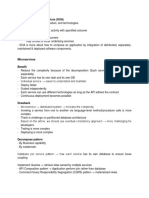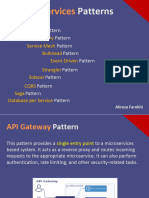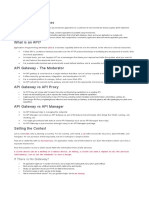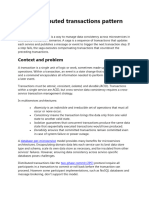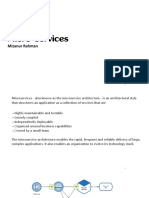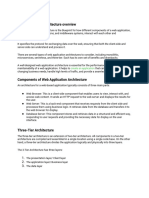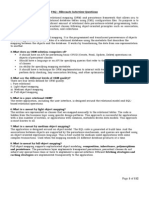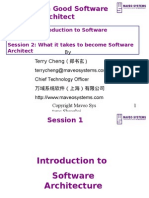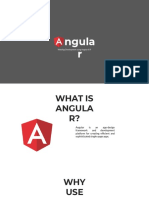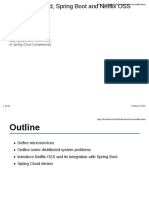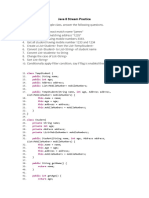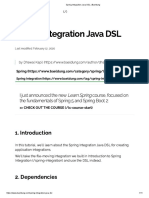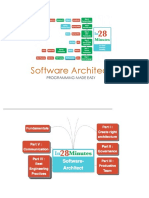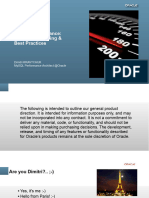0% found this document useful (0 votes)
308 views10 pagesDesign Patterns
This document discusses design patterns used across different software layers including load balancers, API gateways, application servers, caching layers, CDNs, and databases. It provides examples of patterns like client-side load balancing, state pattern, composite UI pattern, and others and describes how they are used to solve common problems in areas like routing, failure handling, caching and more.
Uploaded by
pram_47Copyright
© © All Rights Reserved
We take content rights seriously. If you suspect this is your content, claim it here.
Available Formats
Download as PDF, TXT or read online on Scribd
0% found this document useful (0 votes)
308 views10 pagesDesign Patterns
This document discusses design patterns used across different software layers including load balancers, API gateways, application servers, caching layers, CDNs, and databases. It provides examples of patterns like client-side load balancing, state pattern, composite UI pattern, and others and describes how they are used to solve common problems in areas like routing, failure handling, caching and more.
Uploaded by
pram_47Copyright
© © All Rights Reserved
We take content rights seriously. If you suspect this is your content, claim it here.
Available Formats
Download as PDF, TXT or read online on Scribd
/ 10

